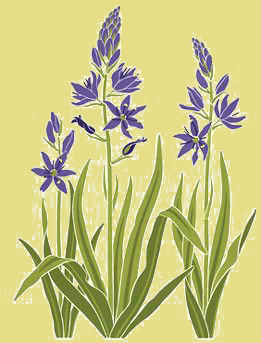Snowberry
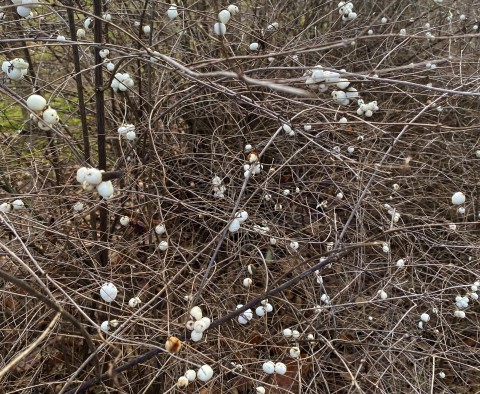
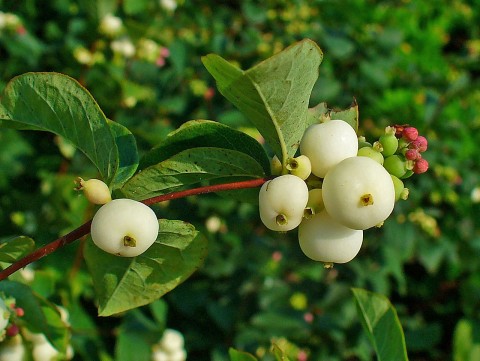
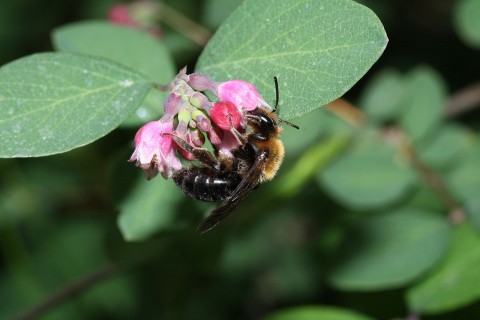
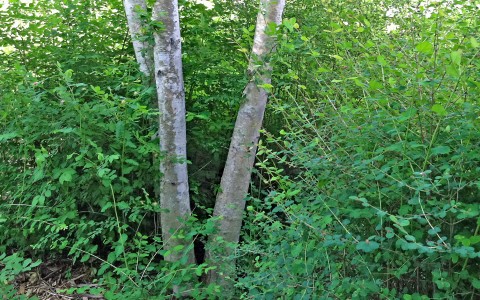
4 - Image by Claudia Gorbman
1 - Image by H. Zell
Licensed Under: CC-BY-SA-3.0 Unported
2 - Image by Walter Siegmund
Licensed Under: CC-BY-SA-3.0 Unported
3 - Image by Lindsey Vallance
Snowberry, or Symphoicarpus albus, is a deciduous shrub that grows up to 6' tall and can colonize an area to form a dense thicket. While not a shrub for a small garden, it is a great addition to a natural area and is especially good for erosion control. Snowberry has attractive blue-green foliage and, from spring through summer, produces tiny pink-white flowers. White berries, produced in the fall, persist into winter. This is an adaptable shrub. In the wild, it can be found in such diverse locations as seashore dunes, along streams and in open forest areas. It thrives in sun to part shade and prefers medium moisture, but is drought tolerant once established. Look for snowberry in the Buck Lake Native Plant Garden along the main path at the north entrance to the garden, where it grows under paper birch, Betula papyrifera.
Snowberry offers many benefits to wildlife. Hummingbirds and butterflies are attracted to its flowers. Other birds eat its berries and both its foliage and berries are browsed by big-horn sheep and deer. The dense thickets it forms are cover for birds.
Snowberry berries are poisonous to humans, but were used by Native Americans as soap.
